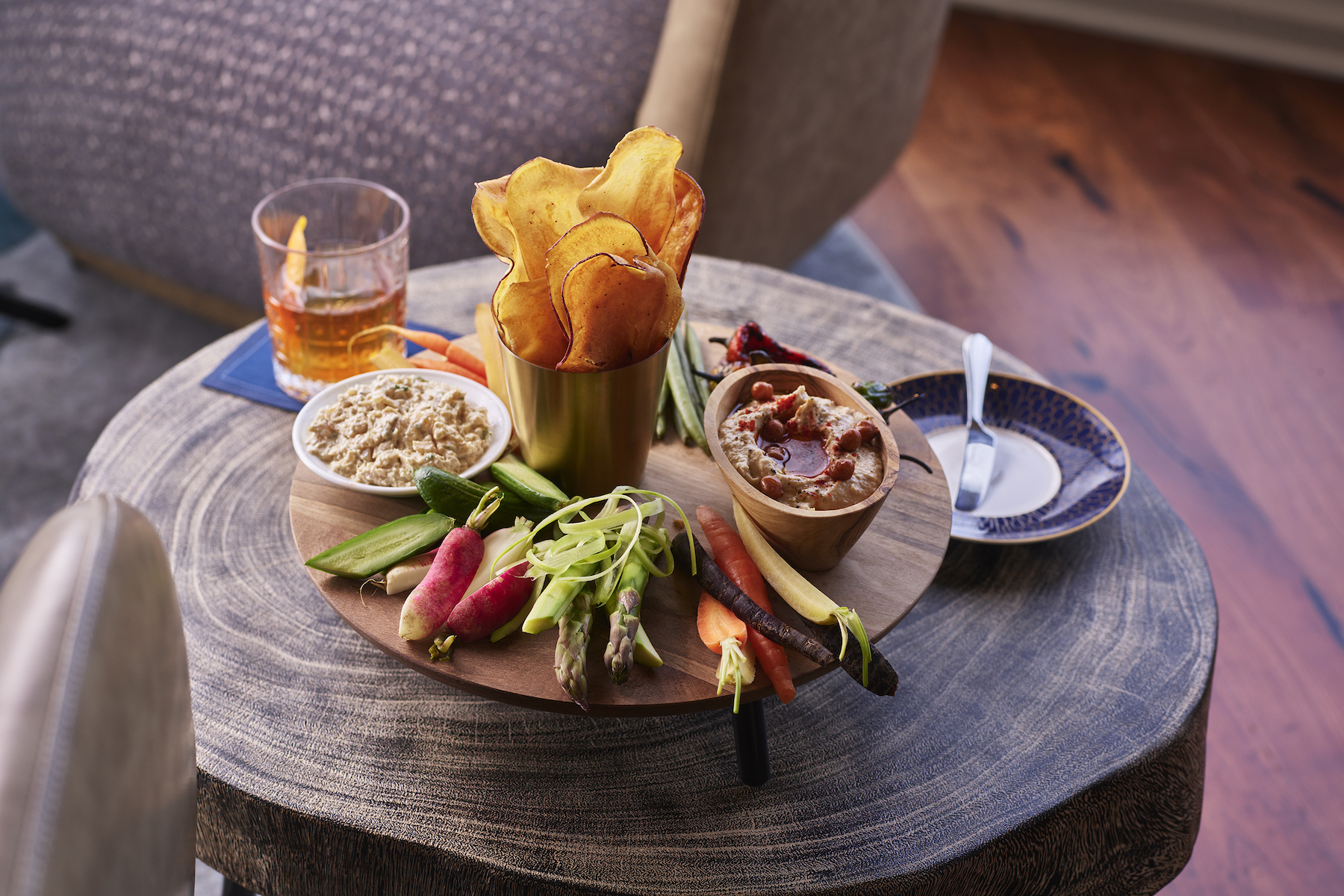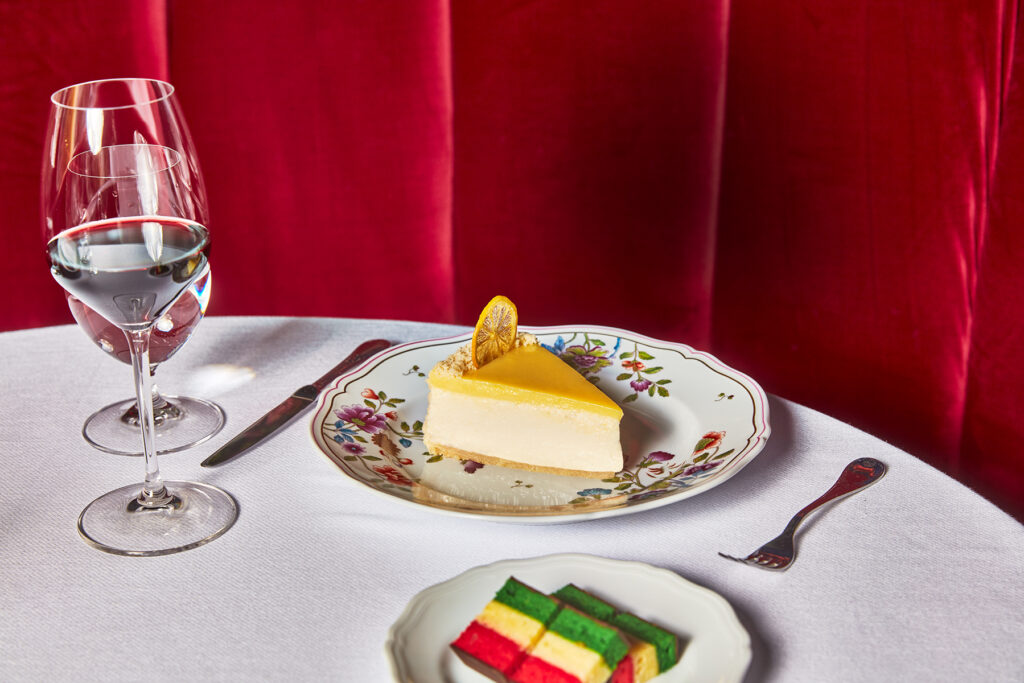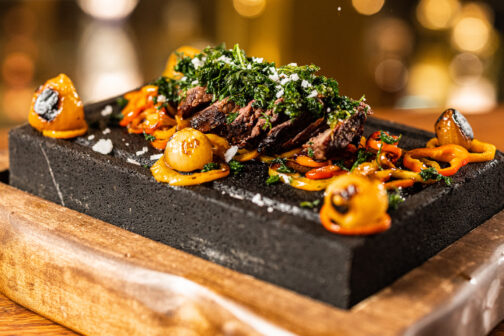This weekend, I was watching Travel Man, a TV show where English comedian Richard Ayoade takes fellow comedians on weekend getaways around the world. This specific episode featured Dubai. After relaxing in a princely hotel suite (24-hour butler included) and visiting the observation deck of the Burj Khalifa, Ayoade and guest Johnny Vegas toured the historic core of Dubai, the city that existed before billions of dollars in oil money arrived.
Of the old city, Ayoade quipped: “This feels less like Dallas.”
That episode was filmed in 2018. Last week, the New York Times flipped the script in an article headlined “For Diners with Deep Pockets, Dallas Is the New Dubai.” The Times’ in-house Dallasite, Priya Krishna, reported thoroughly and fairly on our recent tidal wave of high-dollar chain restaurants from other cities and countries, including Komodo, Carbone, Pizzana, Sadelle’s, La Neta, Nusr-Et, the forthcoming Catch, and the maybe-possibly forthcoming Pastis.
Krishna does a great job covering this trend from a variety of angles, and the full feature should be required reading for Dallas gourmets. She talks to local Dallasites who’ve felt the pinch, including a restaurateur who closed her business when it became too difficult to compete. She talks to diners who appreciate the “elevated” experience at Carbone. She talks to some of the investors and property owners whose phones keep ringing as restaurant chains try to get in on Dallas’ party. She also interviews me about D’s choice to omit chains founded elsewhere from our 50 Best Restaurants list.
Local reaction to the Times story has been mixed. I’ve heard from people who point-blank admit, “it’s all true.” I’ve heard from restaurant workers who highlight a factor they think the Times underplayed: that bigger out-of-town groups often provide better benefits, higher pay, and paid time off. It may feel good for diners to support locally-owned businesses, but for workers, it feels much better to have healthcare and vacation days. I’d rather eat at Petra and the Beast, and I’d rather work at Carbone.
The main reaction, though, has been a sort of reflexive denial: “That’s not Dallas!” Some disputed whether various chain imports were popular or not. Eater ran a column conceding the Times was right, but wishing it had reported a positive feature on local businesses instead.
Missing in the denials is that even if we didn’t ask for all these luxury chains, we’re getting them anyway. Our hoity-toity chain invasion would be big news whether it succeeds or not.
The real question is: why is this flashy, high-dollar trend happening? And why is it happening to Dallas?

There are two good answers, both of which go beyond the food on the plate. One is our current economic boom. There is a national perception that Dallas’ economy is recession-proof. I’ve heard it from both restaurateurs and property developers often enough that I know many out-of-town chains factor our economic growth into their decision-making. As Krishna describes in the article, the Dallas-Fort Worth area gained more residents in the pandemic’s first 16 months than any other metro area. Look at any list of fastest-growing communities, and you’ll find facts about Dallas suburbs like Rockwall, Little Elm, or Celina.
In other words, everyone thinks the party will never end, and they’ll keep thinking that right up until the moment the lights are turned off.
The second answer is income inequality. In this, Dallas is a microcosm of America as a whole. As a full-time dining critic, I often feel like income inequality is a show and I have a front-row seat. Sometimes I go to dinner and am surrounded by wealthy locals who don’t think twice about a $300 bottle of wine. But last week my air conditioner repairman asked which steakhouse he should take his girlfriend to for her birthday. I told him the prices at Crown Block and he murmured, “Maybe we’ll do a seafood boil instead.”
Before we ran our review of El Carlos Elegante, I called the folks in charge of its parent company, Duro Hospitality, and asked if they were concerned about the price point. After all, $150 per person is a hefty bill. Or so I thought: they were genuinely confused by my question, because that is a normal price for dinner in their restaurant group’s target audience.
If it feels like more and more restaurants cater to an ever-smaller group of people, that’s because it’s true. A small percentage of Dallasites hold a large percentage of the city’s wealth. Why would a business not focus on them?
Krishna cites a study showing that the Dallas area is home to 92,300 millionaires, making it one of the 20 wealthiest cities in the world. But Dallas County’s poverty rate is above the national average, and within city limits the rate is higher: about 18 percent. Many Dallasites live in poverty even though they have full-time jobs. Dallas’ mean per capita income is $37,719. To state that differently: if the average Dallasite spent their entire income, down to the last cent, going to Monarch, ordering the tasting menu and Monarch Old Fashioned cocktail, and leaving a decent tip, they’d only last 60 dinners.
For many of our area’s millionaires, though, a $200 cocktail is a cheeky indulgence, not a month’s worth of groceries. So the trend will continue. More and more restaurants will chase that small group of spendy diners.
If we don’t like the growing divide in our restaurant industry between glamorous big-money haves and local, little-guy have-nots, the solution is political. We have to do something about income inequality. (I made the same argument last year in a Dallas Morning News column about whether restaurants can afford fair wages and decent benefits for their workers.)
We can’t blame workers for wanting to enjoy health and time-off benefits. We can’t blame diners for balking at outlandish meal prices. Heck, we can’t even blame out-of-town restaurant groups for wanting to join a party that, so far, is still going deep into the night. The problem, if you think there is a problem, is with the system itself.
Is Dallas the new Dubai? Well, in the United States, the top 1 percent controls about one-third of the nation’s wealth, while in the United Arab Emirates, the top 1 percent controls fully half of the wealth.
That’s the real analogy. Luxury steakhouses are mere symbols in comparison.
Get the SideDish Newsletter
Author






